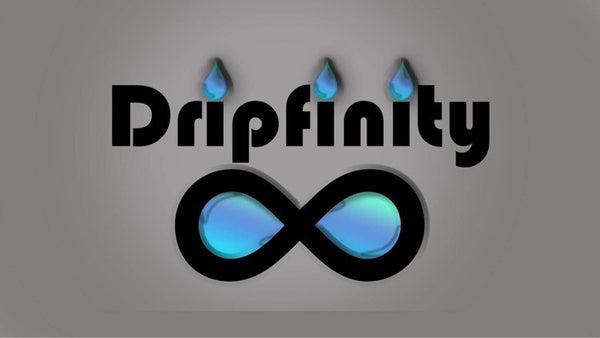Unleashing the Limitless Creativity: Exploring the Boundless Potential of AI-Generated Art
The Rise of AI in the Art World
Artificial Intelligence (AI) has made significant advancements in various fields, and the world of art is no exception. In recent years, AI has emerged as a powerful tool for artists, pushing the boundaries of creativity and challenging traditional notions of what constitutes art. AI-generated art, also known as computational creativity, is breaking new ground by enabling machines to create original and captivating masterpieces.
With the ability to process massive amounts of data and learn from patterns, AI algorithms can now generate stunning visual compositions, produce mesmerizing music, and even write compelling literature. This technological revolution is transforming the art world, offering artists and enthusiasts a captivating new avenue to explore and express their creativity.
Unleashing Unprecedented Imagination
One of the most fascinating aspects of AI-generated art is its potential to tap into an unlimited reservoir of imagination. By leveraging machine learning techniques and neural networks, AI algorithms can learn from vast datasets of existing art, analyzing styles, themes, and techniques to create their own unique pieces. This capability allows AI artists to reimagine and combine aspects of various artistic movements, opening up a world of endless possibilities.
AI-generated art not only mimics known styles but also has the ability to produce entirely new and innovative artistic expressions. It can synthesize elements from diverse sources in ways that may not have been conceived by human artists before. This fusion of human and machine imagination generates entirely novel art forms that challenge our perceptions and expand our creative horizons.
The Collaborative Dance between AI and Human Artists
While AI-generated art has showcased its ability to create captivating works independently, it also offers a unique opportunity for collaboration between machines and human artists. This synergistic relationship between AI and human creativity leads to the emergence of new artistic synergies and collaborative possibilities.
AI algorithms can serve as creative assistants, aiding artists in tasks such as concept development, generating initial sketches, or even suggesting compositional elements. By working alongside AI, artists can explore uncharted territories, pushing the boundaries of their craft and uncovering unexpected artistic directions.
AI Art: Revolutionizing Accessibility and Interactivity
One of the most significant impacts of AI-generated art is its potential for revolutionizing accessibility and interactivity within the art world. Traditionally, the creation and appreciation of art were confined within certain circles due to various barriers, including cost, talent, and cultural exclusivity. However, AI art has the power to democratize creativity, making it accessible to broader audiences.
With AI-generated art, anyone with access to the internet can interact with and even create art themselves. Online platforms and applications allow individuals to experiment with AI tools, generating personalized artworks that reflect their unique vision and preferences. This newfound accessibility and interactivity serve as a catalyst for widespread artistic exploration, fostering a more inclusive and diverse art community.
The Moral Dilemma and Ethical Considerations
As AI continues to redefine the boundaries of art, it also raises important moral dilemmas and ethical considerations. One of the key concerns revolves around the question of authorship and the attribution of originality. While AI systems can create astonishing pieces, the question arises: who should be credited as the artist? Should it be the machine, the human programmer, or both?
Additionally, AI-generated art blurs the lines between authenticity and reproduction. As machines become more proficient in replicating established artistic styles, the distinction between an original work of art and a machine-generated replica becomes increasingly challenging. These ethical debates reflect the complexity of AI-generated art and highlight the need for ongoing dialogue and critical reflection.

